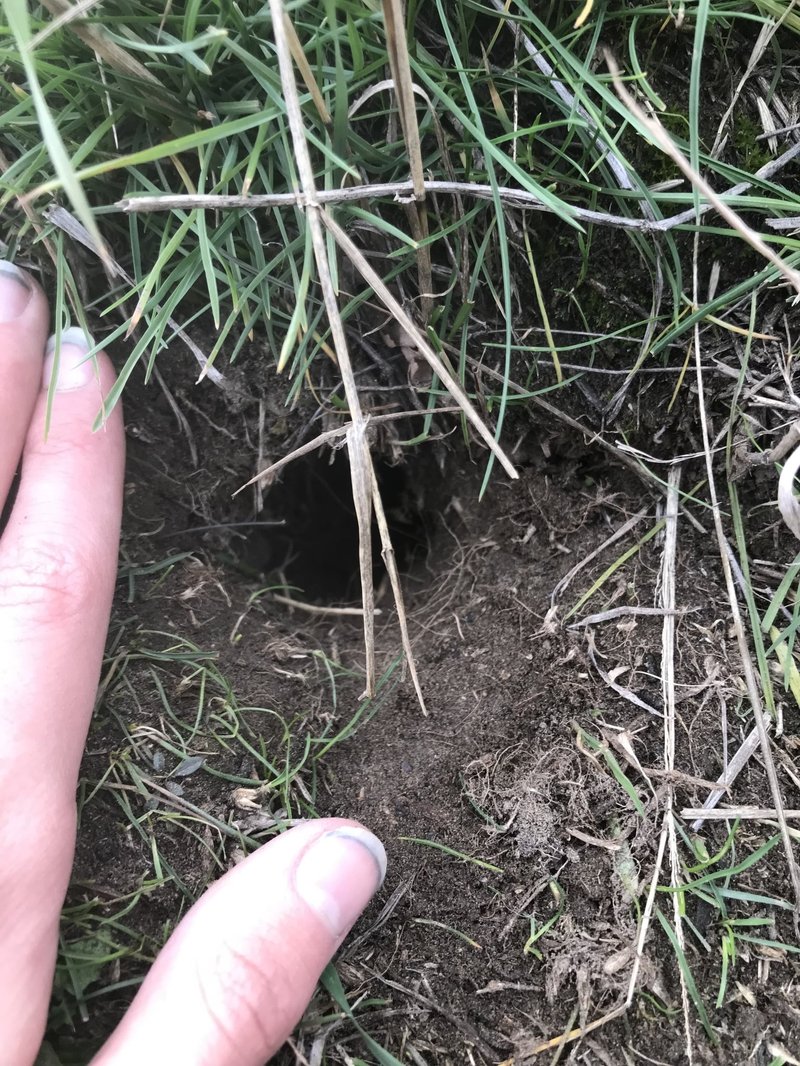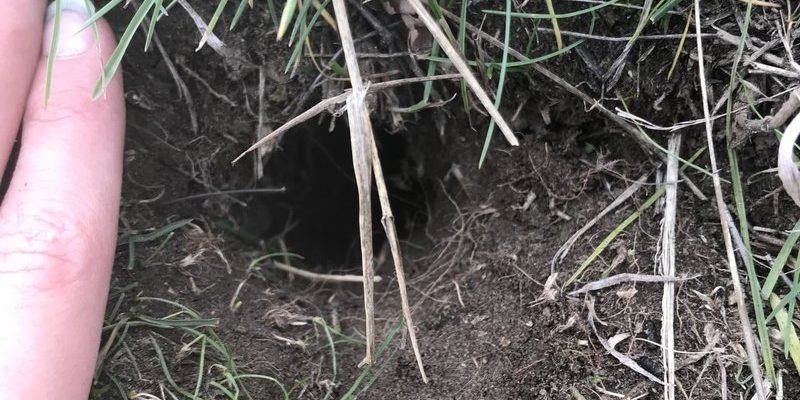
So, what exactly goes on with these wild rodent burrows and the mysterious wolf worms? Well, just like how you might store snacks in the pantry for later, rodents create burrows for shelter, safety, and food storage. Meanwhile, wolf worms, which can be found in some of these burrows, have a life cycle that’s just as intriguing. Let’s dig into this topic and explore the remarkable details of these two aspects of wildlife.
The Importance of Wild Rodent Burrows
When you think of wild rodent burrows, picture tiny tunnels crisscrossing underground like an intricate subway system. These burrows serve several critical purposes. First off, they provide a safe haven for rodents from predators. Animals like hawks or snakes can easily spot a mouse in the open, but if it dives into its burrow, it’s often safe from harm.
Additionally, burrows are essential for storing food. For example, when a squirrel gathers nuts or seeds, they stash them away in their burrow for leaner times. This behavior not only helps them survive but also aids in seed dispersal, which is vital for plant growth in the ecosystem. It’s like they’re nature’s little gardeners!
Moreover, burrows help maintain soil health. As rodents dig, they aerate the ground, allowing water and nutrients to reach plant roots. This natural tilling process contributes to a healthy ecosystem by promoting biodiversity. Honestly, without those busy little diggers, our landscapes would look very different.
How Wild Rodents Construct Their Burrows
You might wonder, how do rodents actually make these burrows? Well, it all starts with their strong front teeth. They gnaw through soil, roots, and rocks, digging tunnels that can go deep underground. Depending on the species, a burrow might look like a simple hole or a complex maze of tunnels.
For instance, prairie dogs are known for their extensive burrow systems, sometimes stretching over several acres. These are not just random holes; they include multiple chambers for sleeping, storing food, and even areas for raising young. Think of it as a multi-room apartment underground!
The materials they use can vary too. Some rodents line their burrows with grass or fur to keep warm and cozy. They’re really quite resourceful. In a way, building a burrow is much like setting up your home—ensuring comfort, safety, and storage for the future.
Meet the Wolf Worm
Now, switching gears a bit, let’s talk about the wolf worm. Just the name sounds a bit fierce, doesn’t it? Wolf worms, specifically the larvae of certain flies, often take up residence in the burrows of rodents. Well, here’s the fascinating part—these worms use the burrows as a safe place to grow and develop. It’s like they’re renting a cozy apartment in the rodent’s home!
The lifecycle of a wolf worm begins when adult flies lay their eggs in or near these burrows. As the eggs hatch, the larvae find their way into the rodent. While it might sound a bit creepy, it’s essential for the wolf worm’s development. The larvae feed on the host’s tissues, which can lead to health issues for the rodent. But hey, that’s nature’s way of keeping the balance—even if it’s a little gruesome!
You might be wondering, why do these worms choose rodent burrows for their homes? The answer lies in safety. Burrows provide a sheltered environment, protecting the larvae from other predators. It’s a smart move in the animal kingdom, where survival of the fittest is the name of the game.
Wolf Worm Eggs: A Closer Look
So, what do these wolf worm eggs look like? Well, they’re tiny and often go unnoticed unless you’re specifically looking for them. Typically, they’re laid in clusters and can be found in the damp soil around rodent burrows. This strategic placement ensures that the larvae have immediate access to a meal once they hatch.
Once the eggs are laid, the larvae start to develop, often in the spring and summer months when conditions are perfect. This timing is crucial because the rodents are also more active during these warmer periods, increasing the chances of a successful lifecycle for the wolf worm.
In a nutshell, wolf worm egg sites are pretty clever. They’re not just random patches of soil; they’re carefully chosen spots that ensure the larvae can thrive. It’s a fascinating relationship between these creatures that showcases the complexity of nature.
The Role of Burrows in the Ecosystem
You might be surprised to learn just how important burrows are beyond being a simple home for rodents. They play a vital role in the ecosystem. For one, they influence plant life by promoting nutrient cycling and soil health. When rodents dig, they mix the soil and help it retain moisture, benefiting plants in the area.
Moreover, rodent burrows offer a habitat for other animals. Many small creatures, like insects and even snakes, find refuge in abandoned rodent burrows. It’s like a little community center underground! So, when rodents dig their homes, they’re not just living for themselves—they’re supporting a whole array of life.
These burrows also impact the way water moves through the soil. Rainwater can easily seep into the earth where there are burrows, reducing runoff and flooding in surrounding areas. This natural drainage system can be crucial in preventing erosion, especially in hilly or uneven terrains.
Challenges Facing Wild Rodents and Wolf Worms
Unfortunately, both wild rodents and wolf worms face various challenges today. Habitat loss due to urban development and agriculture poses a significant threat. As forests and fields are cleared, rodents lose their homes, which can lead to population declines. The loss of rodents impacts wolf worms too, as they rely on these hosts to complete their life cycles.
Additionally, climate change is altering habitats and food availability for these animals. Changes in temperature and moisture can affect their behavior and reproductive success. For instance, hotter summers might increase stress on rodent populations, which can, in turn, impact the wolf worm lifecycle.
Conservation efforts are crucial to protect these species and their ecosystems. Supporting local wildlife habitats or advocating for sustainable land use can help preserve their environments. It’s all interconnected, and every action counts!
In conclusion, the world beneath our feet is a vibrant and complex one. Wild rodent burrows play an essential role in the ecosystem, providing shelter, food storage, and aiding in soil health. Meanwhile, the life of wolf worms, though less visible, is tightly intertwined with rodent populations, showcasing nature’s intricate relationships.
Next time you’re outside, consider taking a moment to appreciate the hidden lives of wild rodents and the unique, albeit sometimes grim, role that wolf worms play in their world. Nature is full of surprises, and understanding these connections can deepen our appreciation for the environment around us. So, let’s keep exploring and learning about the wonders of wildlife!

